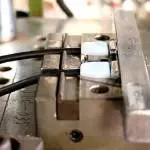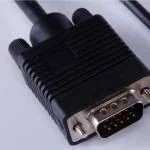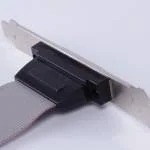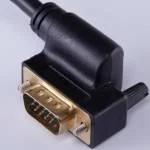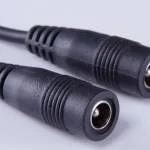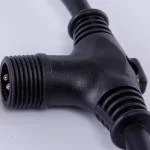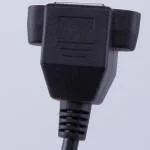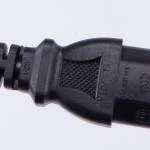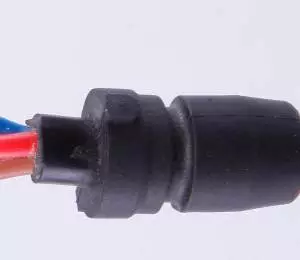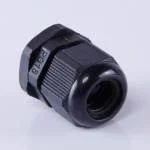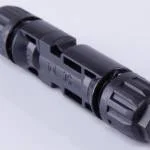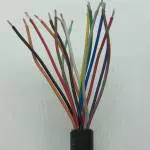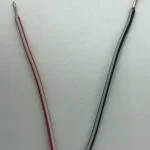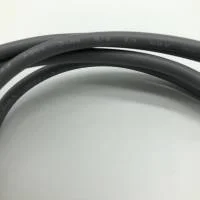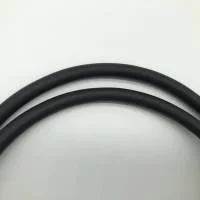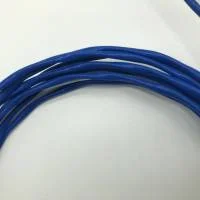Kabel gehören definitiv zu den verwirrendsten und kompliziertesten Dingen, die es zu verstehen gilt. Vor allem, wenn es darum geht, ein Kabel auszuwählen, das besser zu den Anwendungen passt. In jüngster Zeit sind geformte Kabel bei vielen Nutzern sehr beliebt geworden. In der Tat, es ist jetzt zu einem der bequemen Kabel Optionen für die Nutzer.
Was ist ein geformtes Kabel?
Gegossene Kabel werden durch Einspritzen von erhitztem, geschmolzenem Material in einen Formhohlraum hergestellt. In der Form werden die Stecker mechanisch mit den Kabeln verbunden, so dass sie ein einziges Teil bilden. Dies verleiht dem Kabel die Fähigkeit, Vibrationen, Stößen und Flexibilität standzuhalten und auch in raueren Umgebungen zu funktionieren.
Vergossene Kabel sind bei vielen Nutzern sehr wichtig geworden. Aber viele Nutzer bemerken kaum, dass sie ein vergossenes Kabel verwenden. Dies gilt für alltägliche Gegenstände; vielleicht wussten Sie nicht, dass Ihr Handy-Ladegerät ein geformtes Kabel hat. Wir geben Ihnen einen klaren Leitfaden für diese Art von Kabeln.
